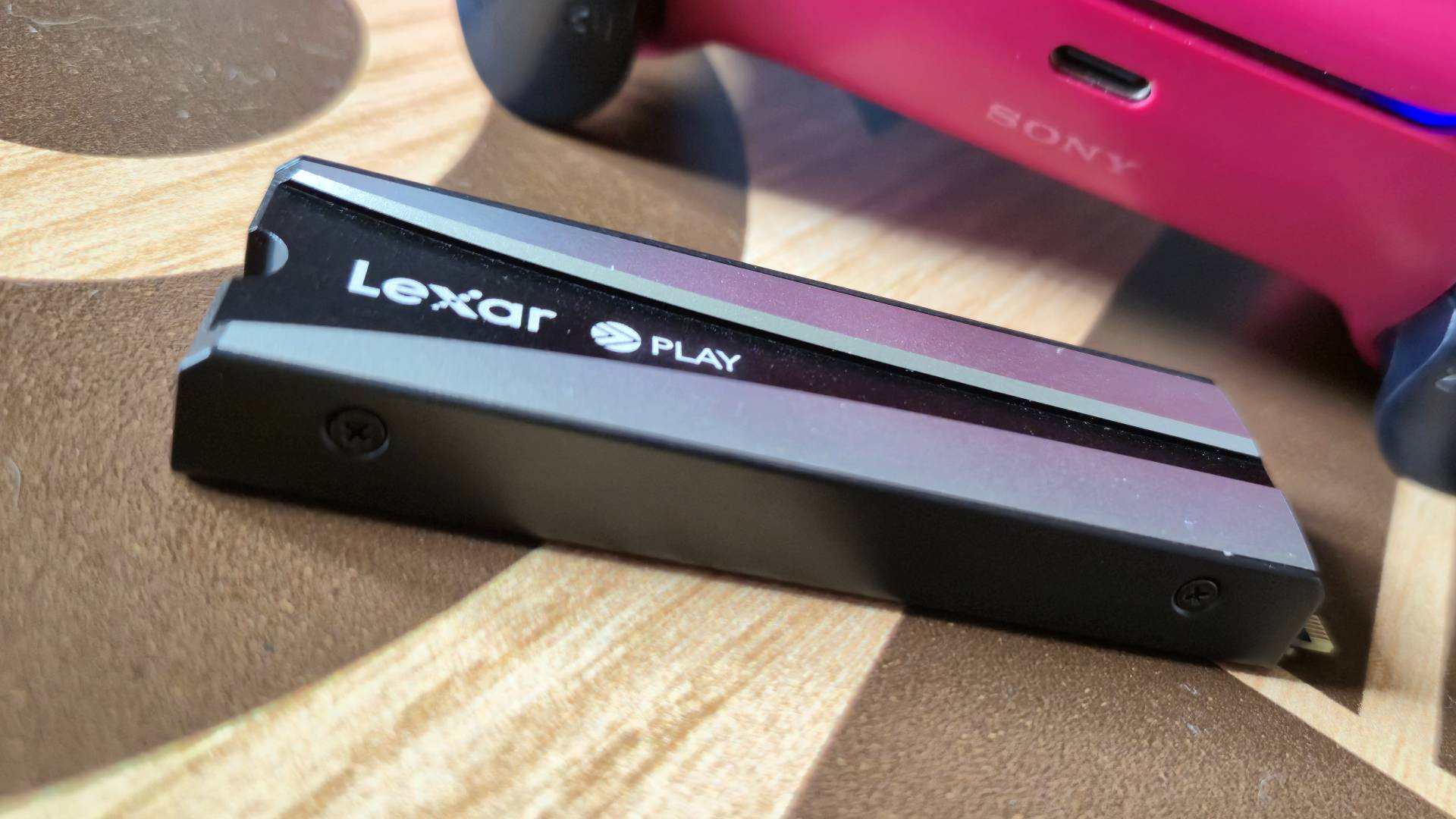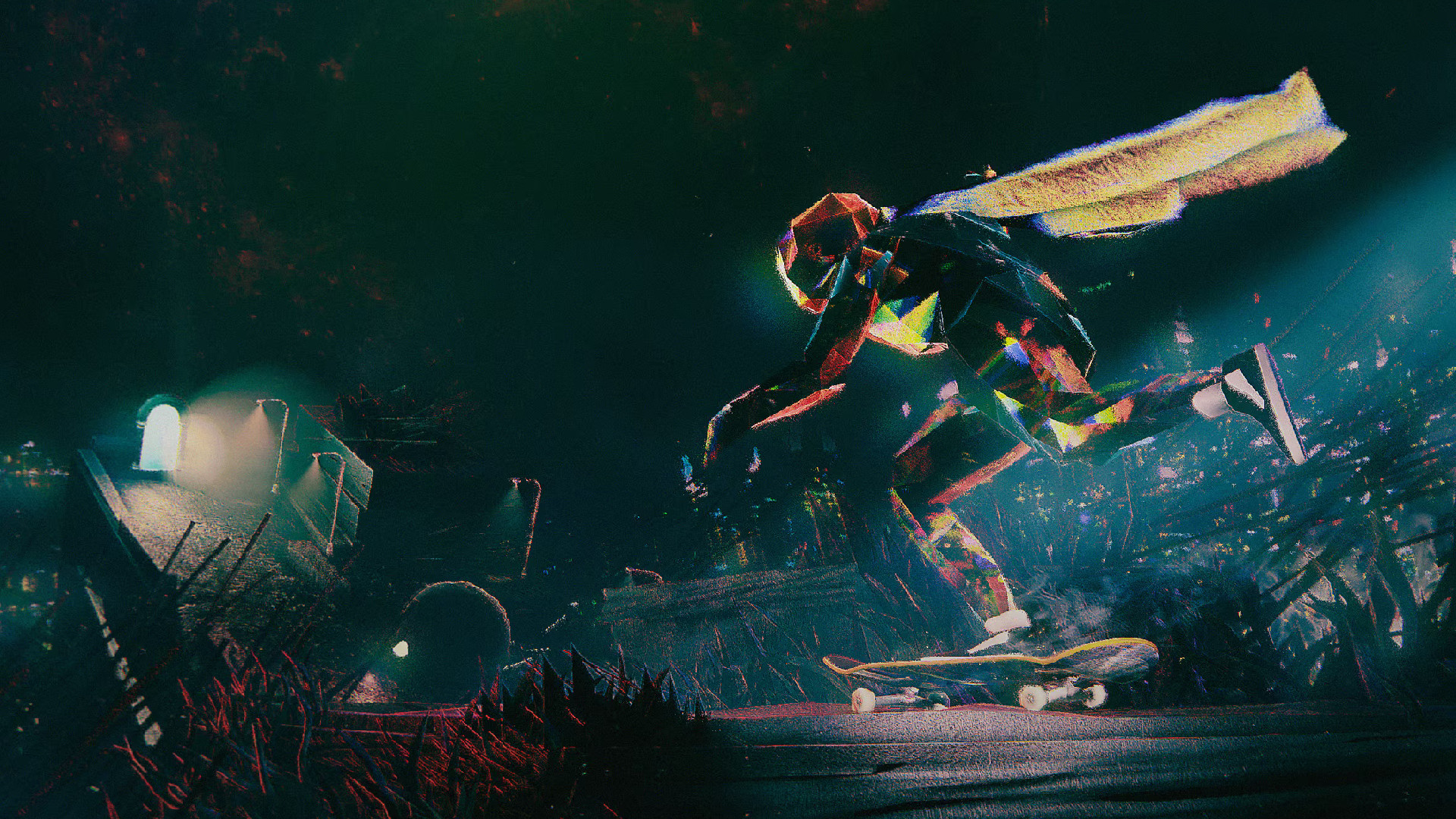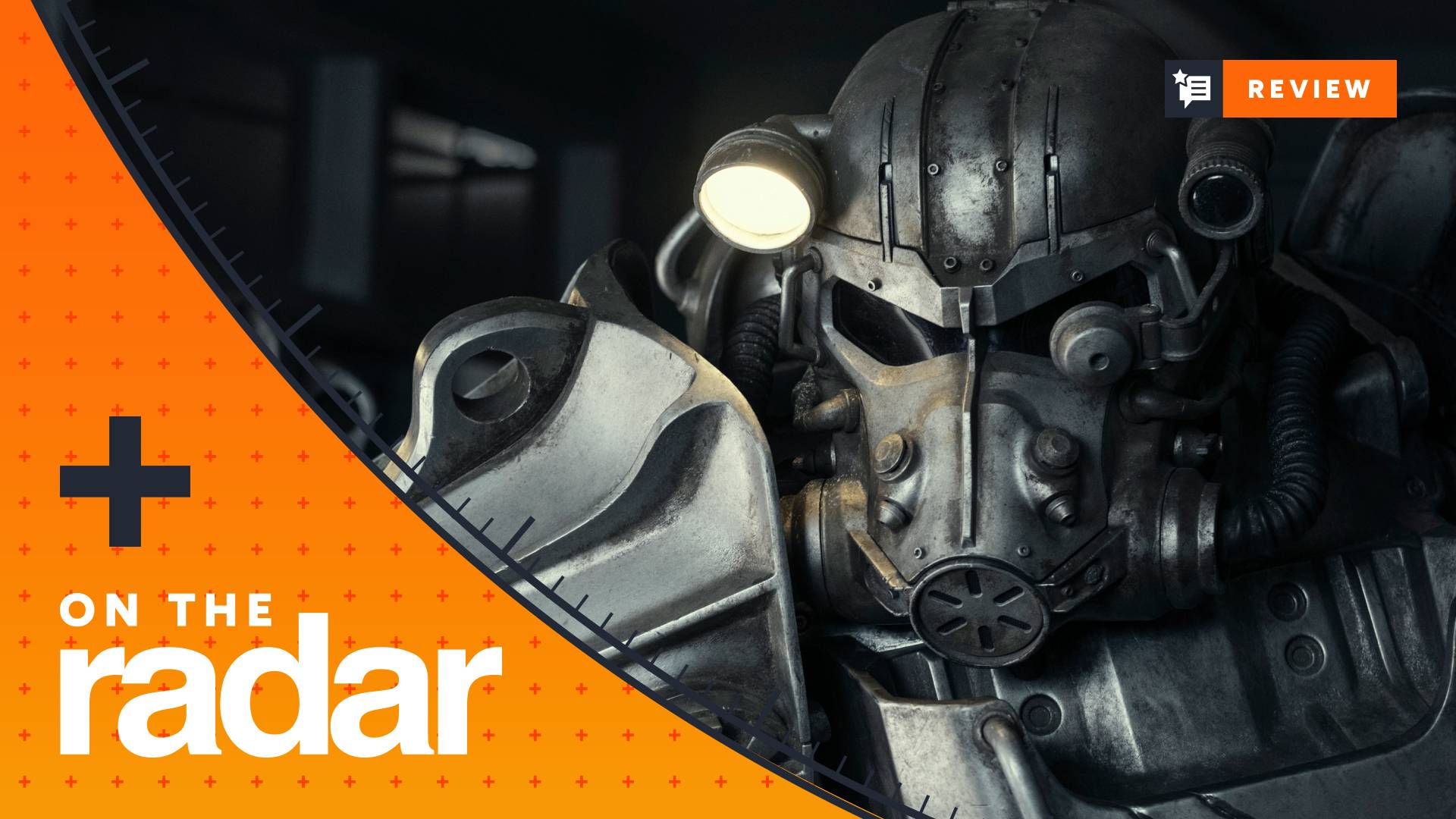GamesRadar+ Verdict
The Lexar PLAY 2280 SE PCIe 4.0 SSD is the storage lifeline my aging PS5 console was crying out for. Not only does it provide ample space to put to bed all of those infuriating "your storage is full" notifications that have become commonplace with my console, but it's sped up my favorite online games from Marvel Rivals to Fortnite, so I can play more and wait around less.
Pros
- +
Easy to install in PS5 M.2 slot
- +
Improves load times of some PS5 games
- +
Great speeds
Cons
- -
Hard to use accompanying screwdriver
- -
SE version only available in 4TB model
- -
Exclusive to US Costco
Why you can trust GamesRadar+
When I was first contacted to take the new Lexar Play 2280 SE PCIe 4.0 SSD out for a test drive, I was ecstatic as my launch model PS5 is in desperate need of a storage boost. The best PS5 SSDs aren't rare by any means, but 4TB worth of space to store all my online games at once is the dream - it's enough to never really need to think about running out of space again, but that luxury doesn't normally come cheap.
The eye-watering cost of some 4TB drives, especially when a heatsink is involved, is why I've been hesitant until now, and it'd be understandable if throwing money at the problem just meant buying a PS5 Pro for some folks. But this Lexar SSD has proven itself to be a better alternative to buying entirely new hardware, and one that would give me 2TB more space than a PS5 Pro would anyway.
For the foreseeable future, this PS5 SSD is available for $224.99 at Costco, and is exclusive to the US. That leaves UK PS5 players in a bit of a pickle, but there are alternatives like the Lexar NM790 4TB SSD available from UK retailers in its stead. On the US side of things, this SSD doesn't require a Costco membership, and even better, it comes with an integrated heatsink and a screwdriver to save you from grabbing your own.
Design

The Lexar PLAY 2280 SE SSD is, surprisingly enough, a 2280, M.2 form factor drive that uses the PCIe Gen 4 interface. Its design isn't exactly something we haven't seen before. The Lexar Play drives have existed for a while now, and this new SE variant, designed with the PS5 in mind, encompasses the exact same sleek look. It's simple, but I'm actually pretty fond of the strips of metallic silver, with the logo sitting in the centre of it all.
Unlike other PS5 SSDs, like the WD Black SN850P, there's no PlayStation branding to be found here. That makes sense, given it's not an officially licensed PS5 SSD, but its lack of over-the-top branding works in its favor as it keeps its design minimal and pleasing to the eye.
An SSD that's going to be hidden in the M.2 drive of your Sony console can be as ugly as sin, as you're never going to see it until you swap it out for something bigger, anyway. But at least Lexar has ensured that this heatsink model keeps a professional and subtle, sleek-looking appearance.
Features
Like any NVMe drive these days, it's also compatible with the best gaming PCs, so long as you have a slot going spare that supports a Gen 4 drive. The drive weighs 51.5g and has dimensions of 80 x 24 x 10mm, which fit perfectly within the M.2 slot at the back of the PlayStation 5, and this model comes with a heatsink attached, so you don't need to source your own. It's also packaged with a small Lexar-branded screwdriver in case you don't have a Philips screwdriver at your disposal for installation.
Weekly digests, tales from the communities you love, and more
Through my experience, you will be better off sticking to a Philips. The included screwdriver was awkward to use, and even my muscle-bound 6'4 fiancé wasn't strong enough to make it useful. However, Lexar's decision to include a spare was still appreciated.
For this review, I was provided with the 4TB version of this drive. The previous non-SE iterations of the Play 2280 are available in 2TB, 4TB, and 8TB versions, but this is the first Lexar PLAY 2280 SE PCIe 4.0 SSD of its kind, which comes with an integrated heatsink designed for PS5 usage.
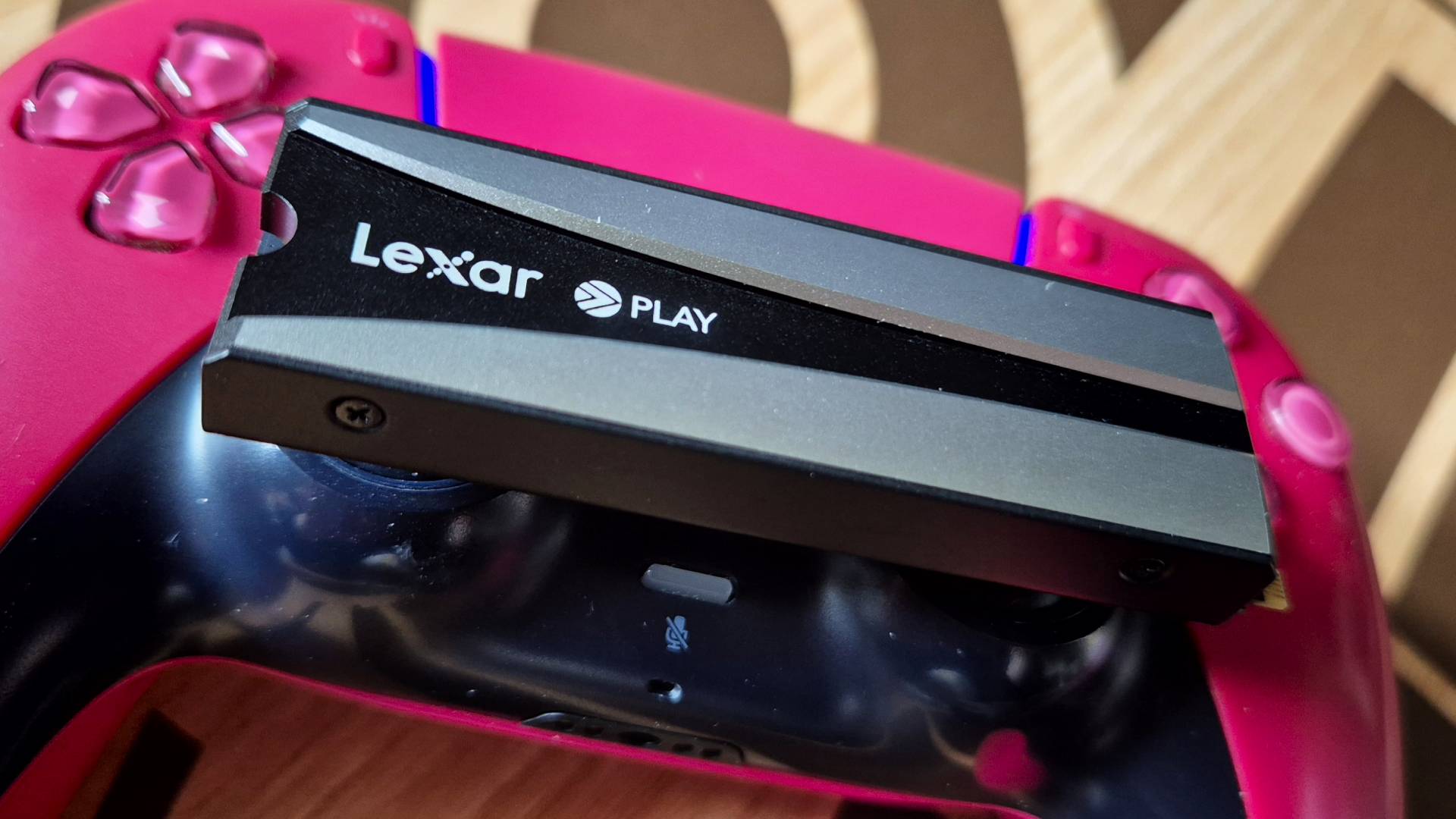
My only tiny annoyance with this drive is with the way it's been advertised to be able to hold "up to 100+ AAA games" based on an average 38GB game size. To be honest, I'd be surprised if many recent AAA games took less than 40GB to install. If we're looking at recently released PS5 games in particular, Death Stranding 2 On the Beach, which launched on June 26, requires 92.80GB worth of space, meanwhile, Tony Hawk's Pro Skater 3 + 4 which dropped on July 11 was 43.89GB at the time of release, which is considerably less but still more than that average shared.
If you're after this drive as you need to have at least 100 games installed at once, you'd be better off looking at 8TB SSDs instead, in all honesty. I've most definitely been able to squeeze in far more games than the 825GB of my launch model Sony console could muster, but over 100 AAA titles is not going to be easily achievable when the storage size of the biggest PS5 releases is getting more demanding by the day.
4TB was more than enough to store (and run) my favorite hefty-sized online games like Sea of Thieves (89.47GB) without having to worry about any incoming updates. Fortnite, which used to take up 88.95GB worth of my onboard storage, now sits comfortably on the Lexar SSD, and I no longer have to put up with the influx of error notifications on the system as there's enough room for its updates and then some.
Performance
Lexar advertises that the Play 2280 SE SSD can achieve 7,000MB/s max read and 6,000MB/s max write speeds, but my PS5 formatting benchmark showed that it had a read speed of 6,387 MB/s. That's not a bad speed by any stretch of the imagination, and is par for the course for any Gen 4 SSD slotted into Sony's console. It's always slightly disappointing when an SSD can't make full use of its quoted speed, but the blame really lies at the feet of Sony's console architects for that one.
When it came to trying the Lexar Play SSD in our testing PC, however, CrystalDiskMark, gave it an average 7,105.6 max read speed across a series of three benchmarking tests. This is even better than the advertised speeds of 7,000MB/s, and the same can be said for the average write speed, which was 6,624.9 MB/s across three tests.
For comparison, the Corsair MP600 Elite SSD achieved a max read speed of 6,486MB/s when our hardware team's own Duncan Robertson popped it in his PS5 for his review. When put through its paces via the CrystalDiskmark benchmarking tool on a gaming PC, it reached max 7,038MB/s and 6,587MB/s read/write speeds, which isn't too dissimilar from this new Lexar drive. There are plenty of slightly speedier drives than the Lexar Play out there, like the MP600 Elite, but that slightly improved performance will cost more.
This SSD is aimed at PS5 players, so how do these speeds translate when it comes to running games on the Sony console? When it came to transferring speeds, it got the job done. Marvel Rivals (62.35 GB) took only 29.44 seconds to transfer to the drive; meanwhile, Fortnite (88.95 GB) took 33.11 seconds to transfer, and Sea of Thieves (89.47 GB) took 41.17 seconds in total. As was to be expected, the larger the file, the longer it took, but the drive was still lightning fast when it came to moving over my digital game library.
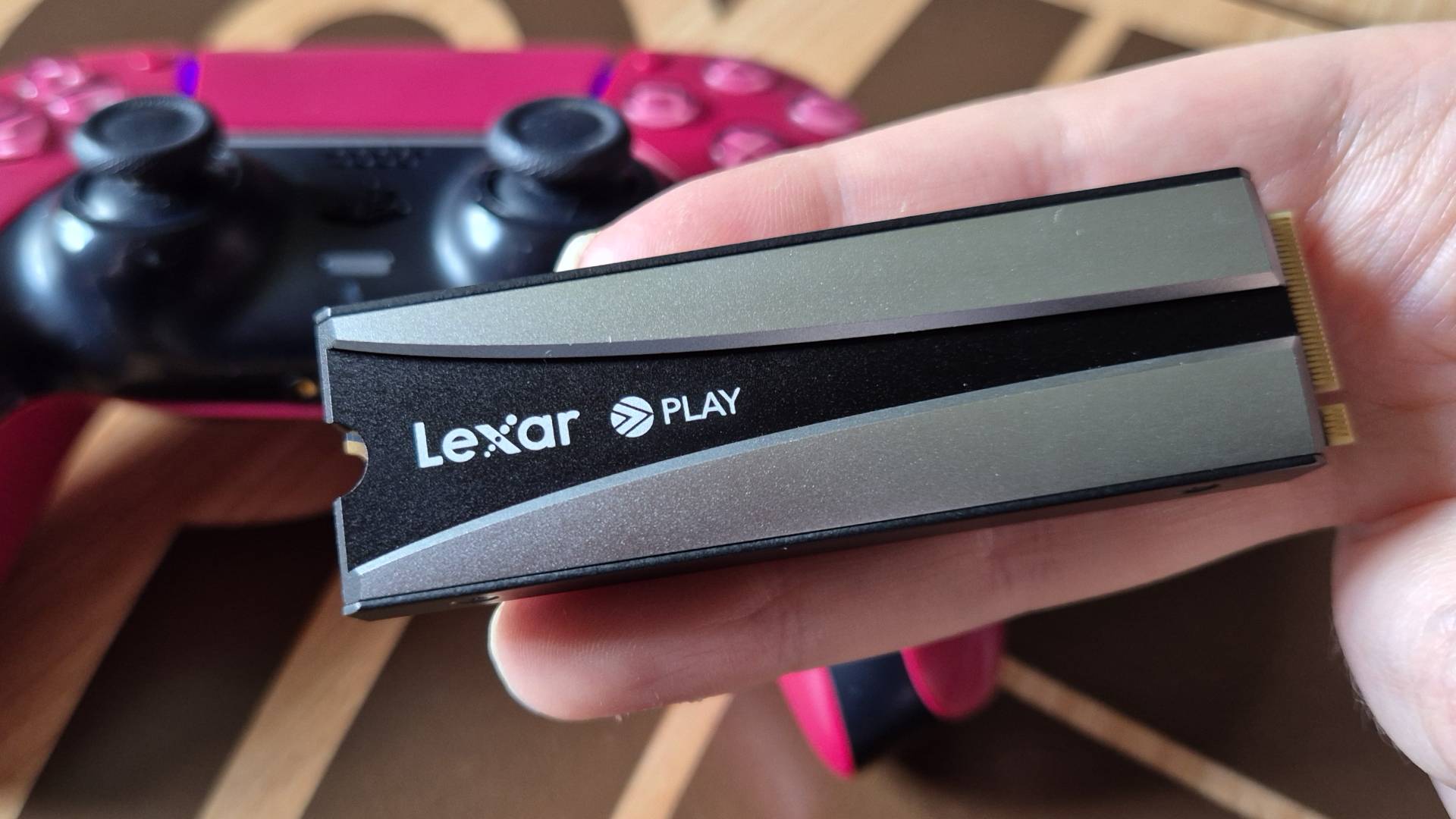
Throughout my testing, the load times were slightly faster than if I were running my games straight off the onboard drive. For example, Marvel Rivals (the version before the new 3.5 season update) loaded to the start screen in 32.02 seconds on average, as examined over 5 tests via the onboard storage of the launch model PS5. After transferring the hero-shooter over to SSD, it instead took an average of 30.308 seconds.
Fortnite, one of my other go-to online games, which suffers from a bloated install size, loaded up in 20.62 seconds normally. However, after being transferred to the Lexar SSD, it instead took 20.29 seconds. These minutely faster load times might not be noticeable by the average PS5 player, but the fact that the games were able to run faster on this budget drive won it more favors in my book, especially as I'm a pretty impatient player.
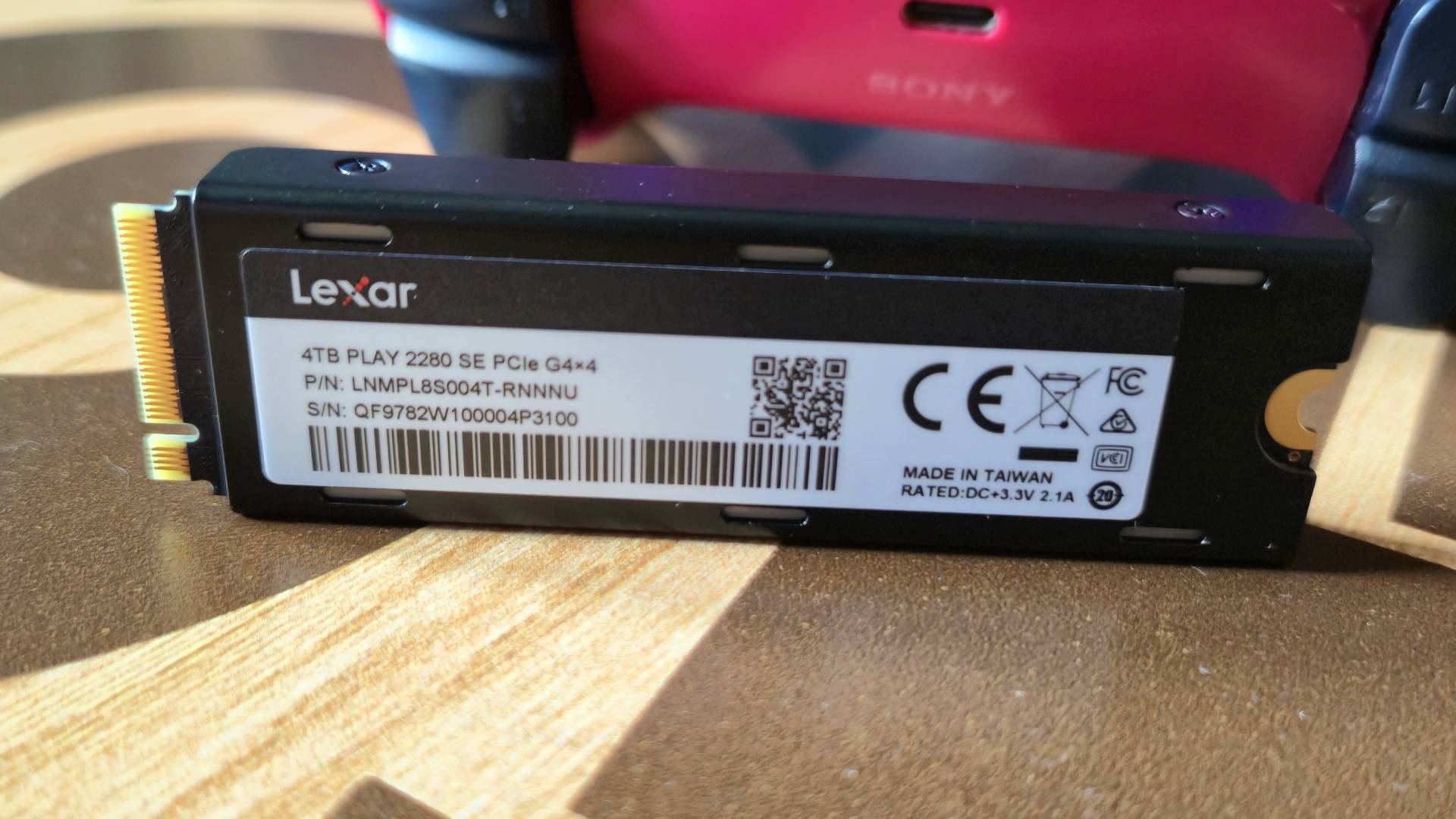
With this SE model being a more budget-friendly alternative to the existing Lexar Play PS5 SSDs already on the market, it's really the amount of storage that's the best selling point for this drive, rather than its slightly improved performance. Having an extra 4TB at my fingertips has totally revolutionized the way I play the PS5, cementing it as my current-gen gaming platform of choice.
I'm a PS Plus Premium member too, so having a large amount of storage to play around with is a must. Is the ability to just delete games to make way for the latest monthly PS Plus additions always there? Yeah, not only is it incredibly tedious to do, but it takes up a lot of time that could be spent gaming instead.
With 4TB, I've been able to keep all my favorite online games installed, my main current single-player game of choice, Master Detective Archives: RAIN CODE Plus, and frequently try out the latest PS Plus titles to see if they're up my street, without having to delete a thing. It's practically solved my biggest qualm with the launch model PS5, its measly onboard storage, and prevented me from having to fork out more for a PS5 Pro without the over $300 cost associated with 4TB SSDs.
During benchmarking, our testing PC showed that the drive was sitting at a temperature of 38 degrees, which feels pretty on-par with Lexar's advertised operating temperatures of 0° to 70°C (32°F to 158°F), and a storage temperature of -40° to 85°C (-40°F to 185°F). After safely removing it from the PC to pop back into my PS5, it did feel hot to the touch, but not to the point where I'd be concerned about its temperature over time.
Should you buy the Lexar PLAY 2280 SE PCIe 4.0 SSD for PS5?
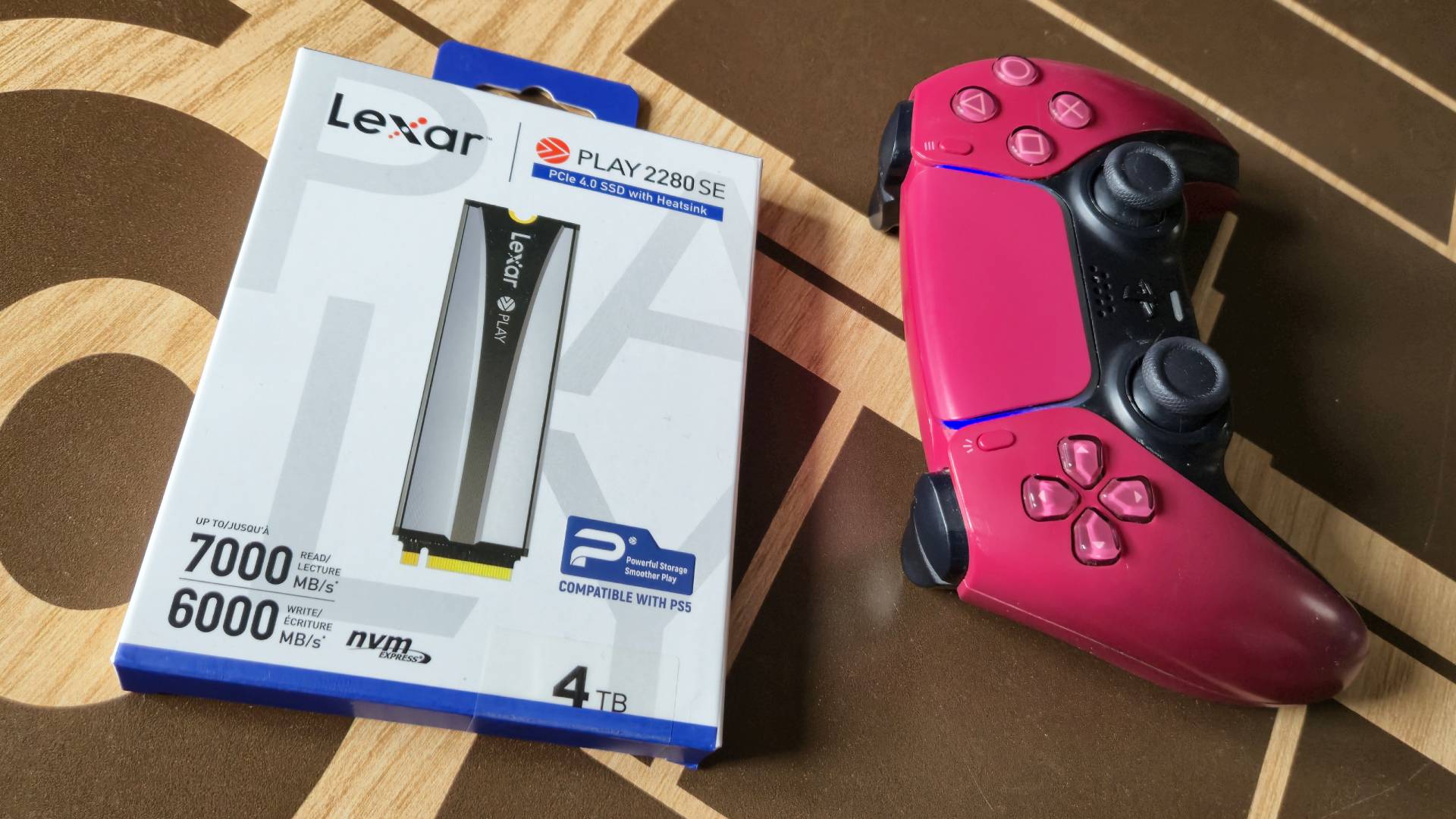
The Lexar PLAY 2280 SE PCIe 4.0 SSD has rejuvenated my aging PS5 console, and so long as you're based in the US and able to purchase the Cosco exclusive in the first place, it's a great drive if you're looking for 4TB worth of space while keeping costs on the down low.
I got my Sony pixel-pusher shortly after launch, and now that it's been almost 5 years since the start of this generation, I've been constantly mulling over whether or not to pick up the PS5 Pro, mainly as I want the improved 1TB and 2TB onboard storage the newer models have to offer. However, this Lexar PS5 SSD has brought a massive 4TB that no base model PS5 can rival, and has sped up the loading times of my favorite games in the process, all the while launching at a price way below the $300 mark.
Its $224.99 MSRP means you're getting 17GB per $1, and while there are plenty of other PS5 SSDs out there that circle around a similar price point, it usually takes discounts or big sales even shortly after release to get 4TB that closer to the $200 sweet spot. Even though its speeds were a bit less than expected in the PS5 itself, it still managed to run my most-played PS5 games, from Marvel Rivals to Fortnite, faster than the onboard storage, which is exactly what you want from a drive designed to "enhance your PS5 gaming experience."
How I tested the Lexar PLAY 2280 SE PCIe 4.0 SSD
I tested the Lexar Play 2280 SE PCIE 4.0 SSD by popping it into my launch model PlayStation 5, and spent days transferring big file games, from the onboard storage to the SSD and back again. During the process, I timed how long it took to transfer big files like the 88.95GB worth of Fortnite, or the 89.47GB worth of Sea of Thieves. I also spent days timing how long it took to load up games from the onboard storage, compared to how long it took to run the same titles from the SSD, and compared the results.
I then installed the Lexar Play 2280 4TB SSD in our testing PC and used CrystalDiskMark to take more detailed speed benchmarks for reference.
To read more about the ways we test PS5 SSDs and the rest of our gaming tech, have a look at how we test PS5 SSDs and our hardware policy.
If you want to give your PS5 a well-needed makeover, our guides to the best PS5 headsets, best PS5 controllers, and the best PS5 accessories are full of gadgets that can level up your Sony gaming sessions.

Ever since I first held a NES controller in my hand I've been obsessed with gaming, and the hardware it runs on. I could hook up a NES and SNES to a telly, without instructions, before I could walk. Even now, nothing is more exciting then taking a console, or handheld, out the box for the first time and setting it up. This obsession transformed into a love of games and game music, which lead to my music degree and dream of becoming the Scottish Nobuo Uematsu. After sharing my love of games through music, I began to share my love through words on sites like TechRadar and iMore. This lead to becoming a Hardware staff writer for PCGamesN, and later the Senior Tech Writer for Dexerto, covering all things Steam Deck, PlayStation and Nintendo. With that experience, I was able to level up as Hardware Editor for GamesRadar+, where I'm still just as Nintendo, PlayStation and gaming tech obsessed as ever.
You must confirm your public display name before commenting
Please logout and then login again, you will then be prompted to enter your display name.
